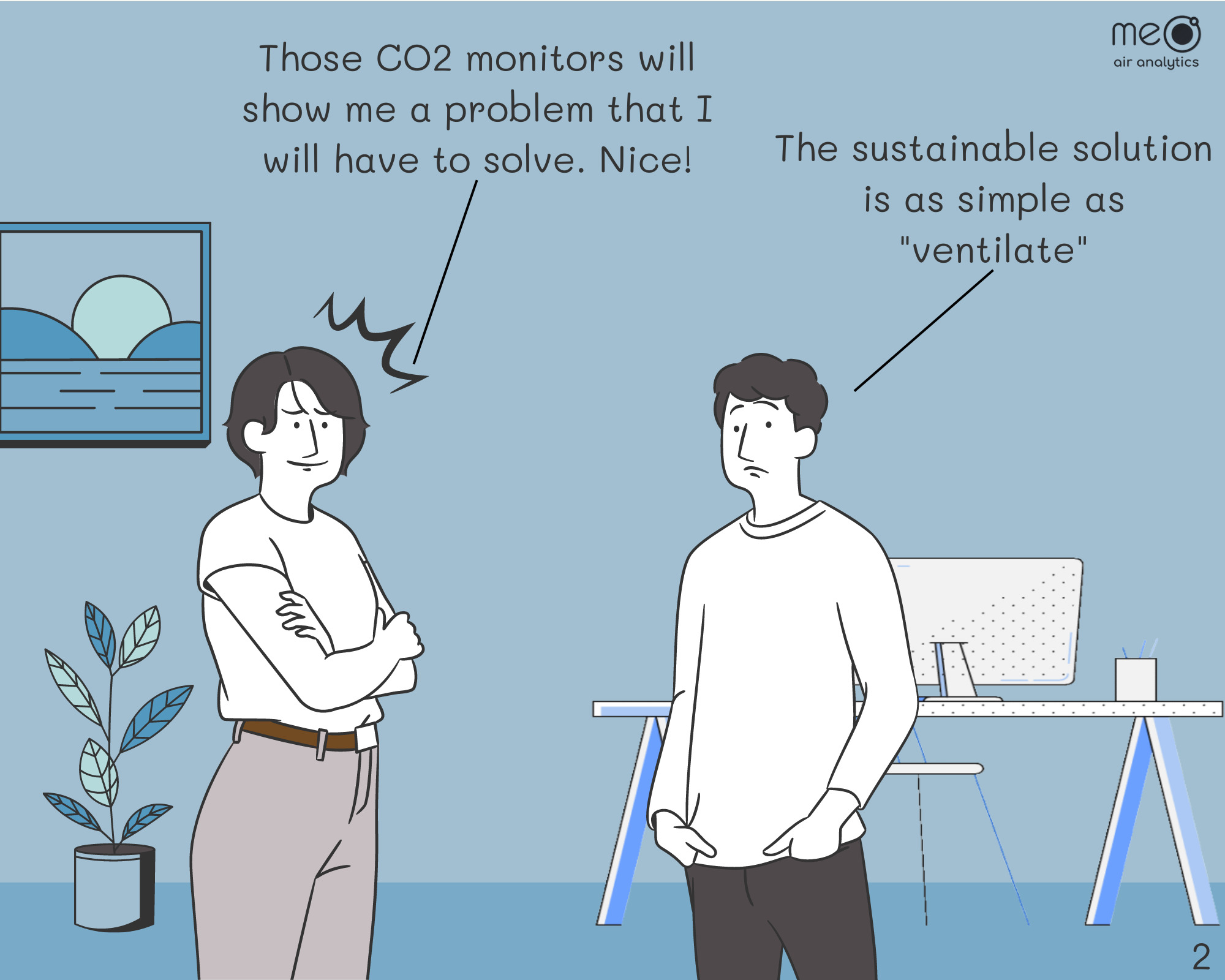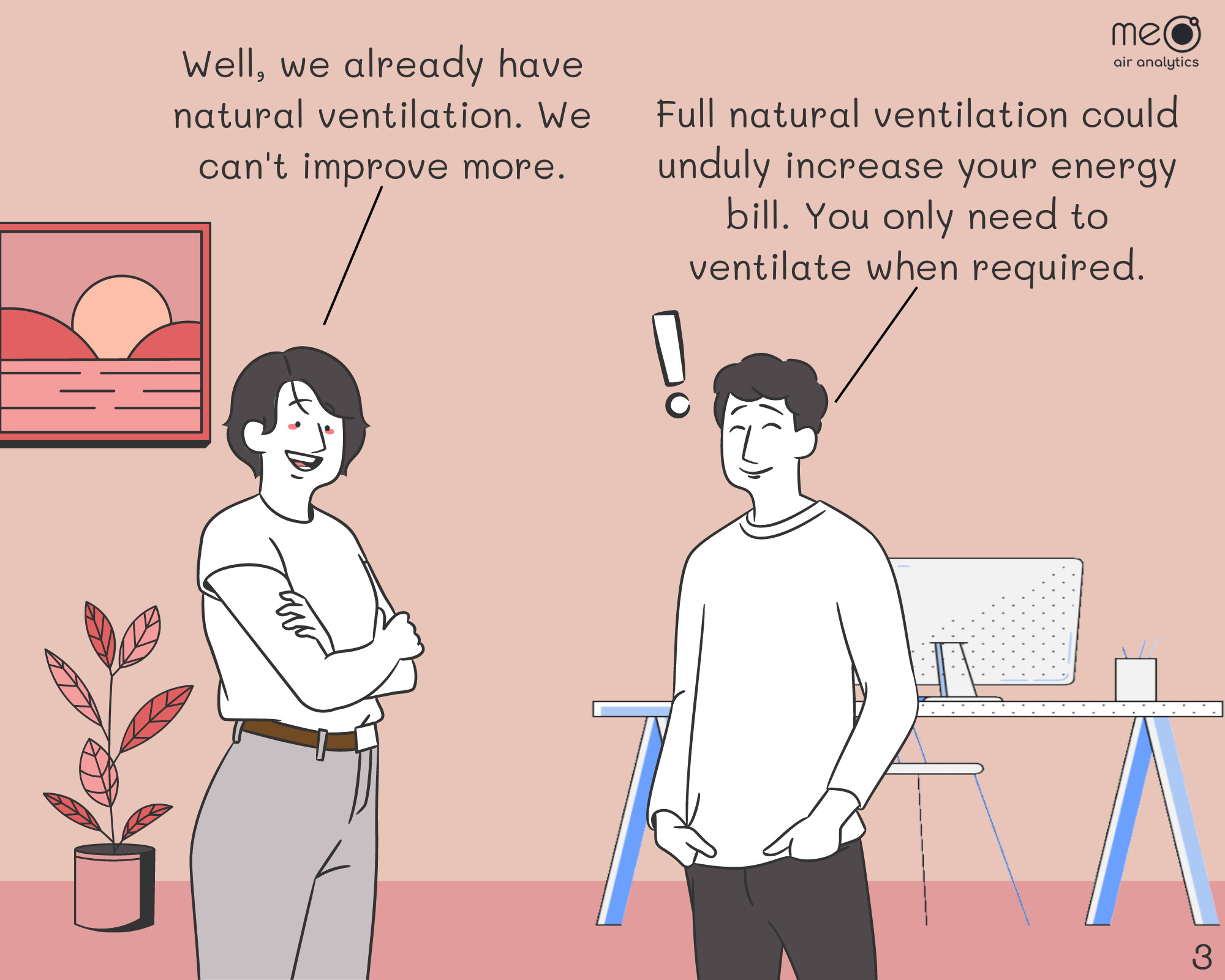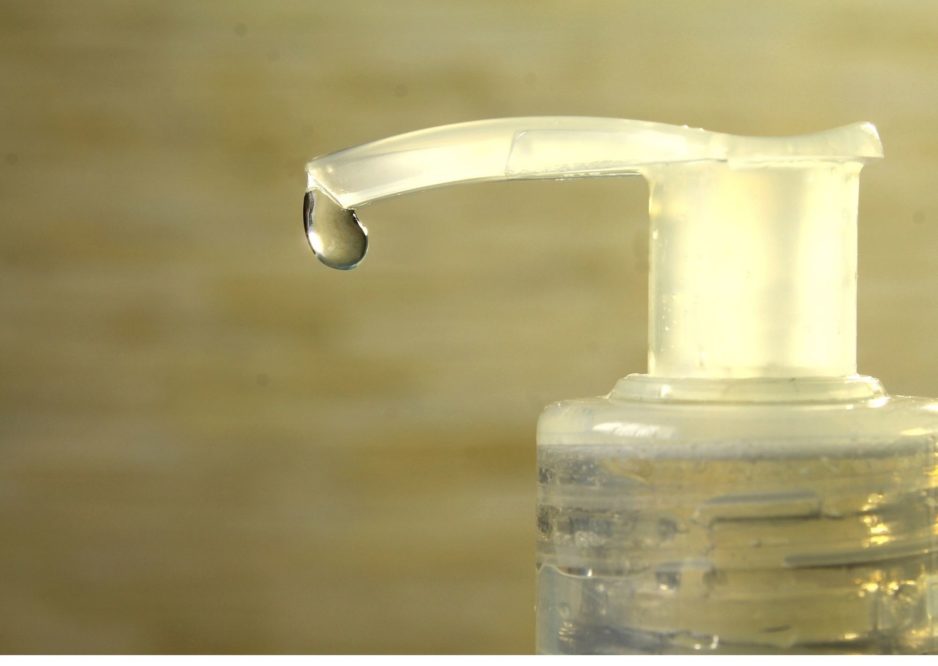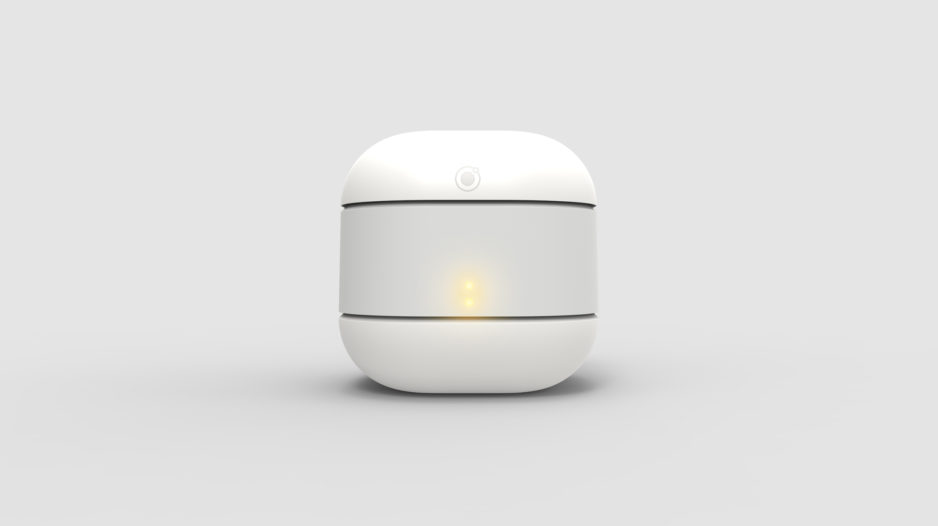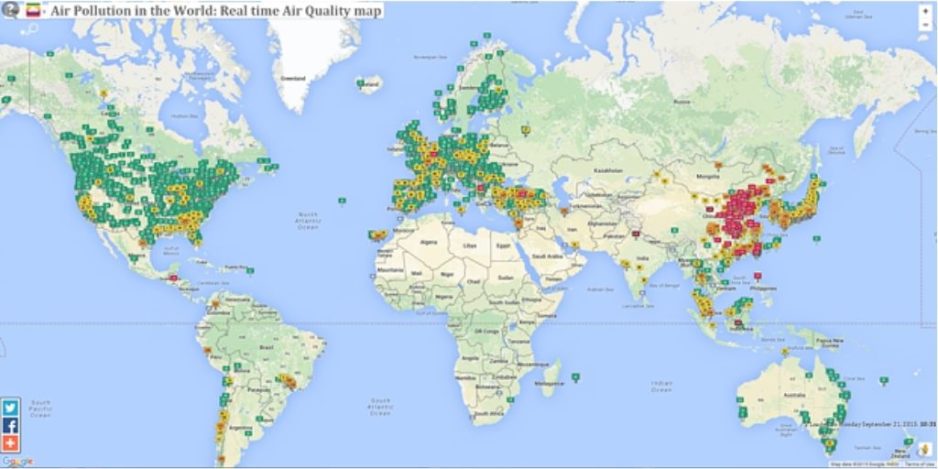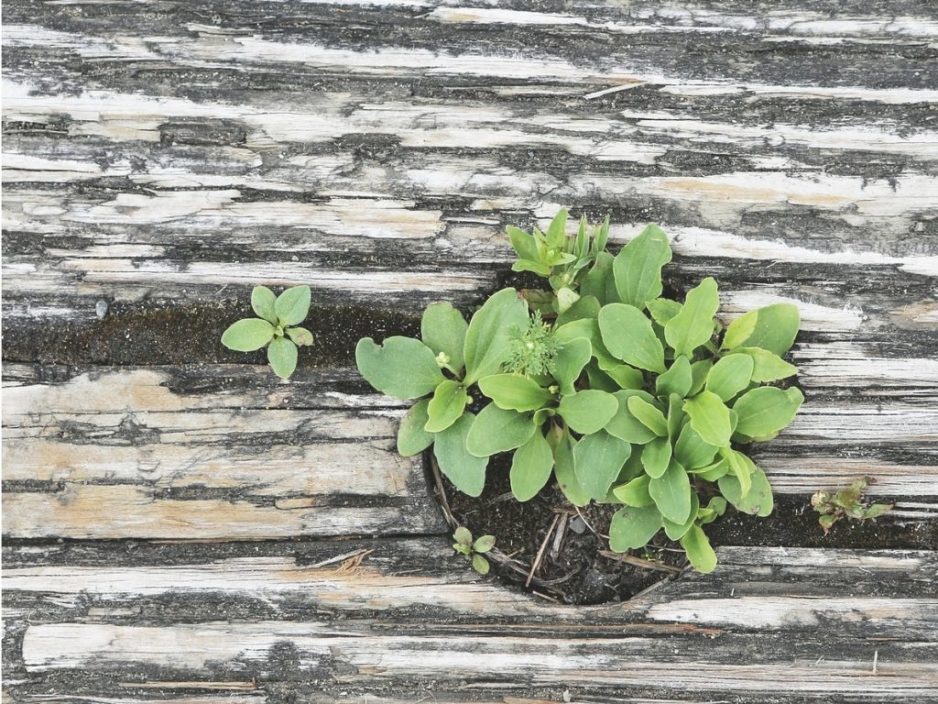Tag: Health
The Air We Breathe and Its Secret Path To The Brain
Previous research had shown a correlation between increased pollution and Alzheimer’s disease; between developing brains exposed to air pollution and mental health; and a link between air pollution and cognitive function in older men. Researchers are increasingly looking at these links and gathering evidence on yet another health effect of the polluted air we are exposed to.
The olfactory system is a direct route for small particles into the brain, especially those small enough to escape through the olfactory bulb. We have recently talked about the link between air pollution and strokes, now a new research from Lancaster University published by the Proceedings of the National Academy of Science has found evidence of toxic nano-particles, which come from air pollution, in human brains and has led to a rich discussion on the possible link between air pollution and Alzheimer’s disease.
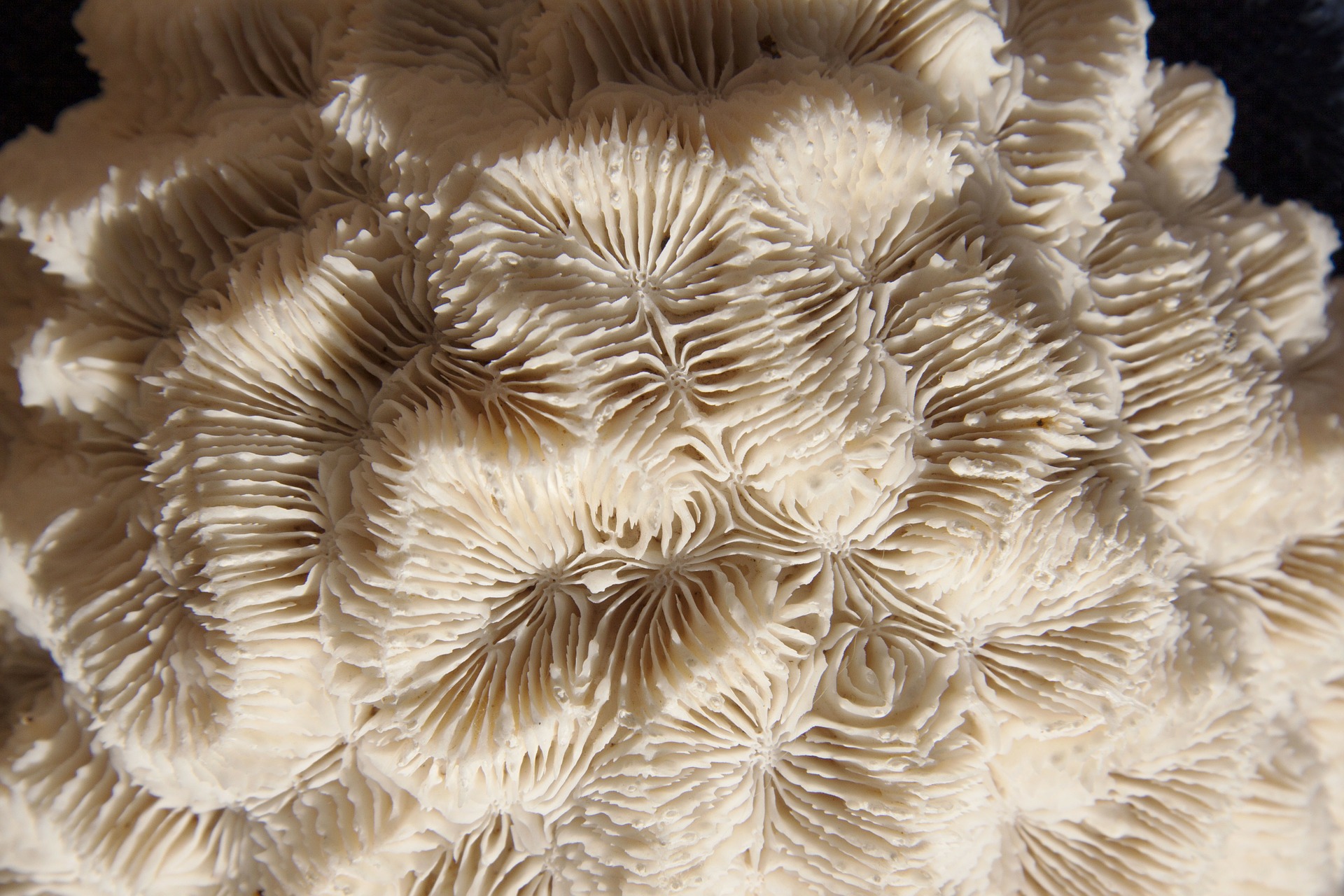

In this most recent research, which examined brain tissue from 37 persons from Mexico and Manchester (UK), toxic nano-particles from air pollution -particularly magnetite, have been found in the human brain along with platinum, cobalt and nickel. According to the researchers, the shape and the type of metal indicates that it can only have come from air pollution. Accumulation of metals in the brain is characteristic in Alzheimer’s disease and especially magnetite, which has been previously associated with brain damage in patients with such ailment.
Many scientists have commented on the research results and although it is undisputed that the metal nano-particles in the brain do come from air pollution, many consider that this is not proof that there is a link between air pollution and Alzheimer disease.
Nonetheless, the study explains how the route of these nano-particles into the brain is through the olfactory system. Those particles that are small enough to pass through the olfactory bulb to the brain can lodge in the brain, cortex, hippotalamus and many others almost without barriers. Particles that lodge deep in your lungs can be very damaging because they create inflammation, infection, cancer or go directly to the bloodstream to cause trouble in other parts of the body. However, particles that enter through the olfactory system can be even more damaging because they have direct entrance to the brain where they can damage or kill neurons or even hamper the bains’ immune system.
In fact, both the Alzheimer’s and Parkinsons disease present a loss of the olfactory system capacities very early on. For this reason, many recent studies look at those particles that can be inhaled and have a direct pathway to our brains. One in every 14 persons above 65 suffer from Alzheimer’s diseases.
September is the World Alzheimer’s month, we cannot ascertain that air pollution is linked to Alzheimer, but we can raise awareness on the direct route for nano-particles into our brain.
Protect yourself and your family from air pollution!
Sources:
…And now breast cancer?
There has been an intense debate over the possible link between breast cancer and air pollution. FIGO- the International Federation of Gynecology and Obstetrics highlighted the discovery of a link between air pollution and breast cancer following an article published in the Breast Cancer Journal on the results of research conducted by the University of Florida. This was reported by mainstream media as an alarming call to women living in areas with high air pollution.
Do not panic!
But there is no need to panic, it’s very important to be cautious with scientific results. In fact, many organizations like Cancer Research-UK, BreastCancer and others jumped to clarify that finding a link does not mean that air pollution causes breast cancer. Two things can be highly correlated without implying causation.
We know and we’ve talked about how pervasive air pollution is in our bodies, affecting our lungs, circulation, diabetes, skin and many more. The link between air pollution and lung cancer is very well researched, many research teams have worked on this subject for decades and have found how it happens and why. All the other links of air pollution to diseases are still in the very beginning of compiling research results and while it is one thing to link air pollution with skin problems, it is another step entirely to link it with a life-threatening disease like breast cancer.
Be cautious and understand the risks
We should not panic, but we should know the extent of current research on this matter. The latest research was conducted by the University of Florida, US, and looked at the link between breast density and air pollution. They found that women living in areas with high pollution had denser breast tissue. Women with dense breast tissue are up to six times more likely to develop some form of breast cancer.
In 2010, another study by the Research Institute of the MUHC, McGill University and Université de Montreal also showed a link. This study mapped air pollution against breast cancer patients and found that women living near areas with higher levels of pollution were twice as likely to develop breast cancer than the rest. However, Dr Goldberg, a researcher at The RI MUHC said:
“For example, we don’t know how much the women in the study were exposed to pollution while at home or at work, because that would depend on their daily patterns of activity, how much time they spend outdoors and so on”
In the case of this study, what is interesting is that the motivation to study the link between air pollution and breast cancer was to try to understand why cancer rates were going up in general / in these particular high pollution areas. The results showed that it could be air pollution but it may well be some other factor that the study could not control. In fact, the researchers called for more research on this subject and more research on the biological explanation behind this possible link.
Before more scientific evidence is gathered, we should make it a habit to know the quality of the air we breathe and take actions to improve the quality of the air we are exposed to, both indoors and outdoors!
Key steps to ensure office safety
Be air safe in your business
Around the world the pandemic has taken many forms. Some are working from home while others have to work in their offices. Although offices may have less people to ensure social distancing, managers and office space administrators should still take crucial steps to protect their staff. The past months of increased information about how COVID-19 spreads silently, has opened our eyes about the relevance of clean air and social practices in protecting us.
Although, outdoors is the ideal place to gather for safety purposes, offices, and shops can also minimize risk and have employees back in business with their safety as their first priority.
The following steps require to re-think the office with airflow safety in mind. We need to re-think the way we use office space and even office supplies. Understanding that clean air and clean surfaces are the ultimate goal to staff safety. A new type of health and safety plan is required focusing on: 1) infrastructure maintenance, 2) re-thinking the way we use the space, and 3) ensuring all staff members are involved in the process and understand the need for a change in the way we work and the way we safely socialize.
Start by analyzing the infrastructure and how your devices can ensure the air in the premises is safe. The Heating, Ventilation and Air Conditioning (HVAC) system needs to have the appropriate filters and they should be maintained regularly. Preferably HEPA filters should be used. If possible, outdoor air circulation should be increased; and airflow supply should be re-examined. Similarly, exhaust fans in restrooms are to be checked for performance and encourage their use at all times. This should be coupled with enhancing cleaning and disinfection at all times. Have a close look at the quality of the indoor air, it will make a difference.
Then move to conduct a hazard assessment with the COVID-19 thinking cap. Identifying areas where COVID 19 transmission could happen and how to change them. For example, the meeting rooms, cafeteria, break rooms, waiting areas and many more. This will result in necessary modifications of workstation distancing, or the use of shields to physically separate employees in all areas. And, wherever physical barriers are not possible, visual cues on the floor can help employees distance themselves. Even shifts staggering will be crucial. Also, re-think best options for high-touch communal items such as coffee pot, microwave etc.
Last but not least, develop a communication plan to adequately convey health safety messages and changes in space usage to employees. Set a protocol for employees to know when to stay home, how to work from home when they have symptoms, or when a family member has symptoms. And if possible, provide that flexibility to work from home. Use signage to remind people of key actions to reduce transmission.
Keep in mind, indoor air quality is key to employees’ health and safety!
Smells clean…but it may be harmful!
Our quest for cleaner and cleaner living environments with no traces of bacteria leads us to use cleaning products advertised as effectively eliminating 99% of bacteria especially in our kitchens and bathrooms. Cleaning products have been progressively improved with fragrances that we associate with cleanliness but are we being fooled!?
Many of these aromas are created through the use of enzymes that are known to be allergens. The smell that we associate with cleanliness is often the evidence that there are volatile organic compounds (VOC) in the product which give off different types of gasses. Fragrances and many other product features are created through the use of chemicals that are often harmful to our health and environment. Moth repellents, air freshners, aerosol sprays, degreasers, dry cleaning fluids and cleaning products / detergents are all toxic if ingested, but can also enter our body through touch and smell.
How our cleaning products may affect us will depend on many factors including how long we are exposed to it, the level of exposure and the nature of the VOC or chemical in use. In addition, we must not forget that many of these products are not eliminated by the body and just keep accumulating until a problem arises. Many of their ingredients fall into three harmful categories: carcinogens which may cause or promote cancer’s growth; endocrine disruptors which mimic hormones and affect reproduction, development, growth and behaviour; and neurotoxins which affect brain activity.
TYPE of chemicals that are harmful:
- Pesticides: cleaning products are not seen as pesticides but they are. They are carcinogens and endocrine disruptors that are difficult to eliminate from the body once ingested.
- APEs: help cleaning solutions easily spread in a surface and known to be endocrine disruptors.
- Organoclorides: endocrine disruptors.
- Phtalates: endocrine disruptors, possible carcinogens and are currently not required to be disclosed as ingredients.
Common chemicals in cleaning products:
- Perchloroethylene, a known carcinogen, is used in dry cleaning agents and degreasers.
- Styrene is an endochrine disruptor, used in floor waxing products.
- Formaldehyde is a known carcinogen, used in household antiseptics, medicines, dishwashing liquids, fabric softeners and carpet cleaners.
- Benzene also carcinogenic is used in detergent and furniture wax.
Without a doubt, those most at risk are children, followed by elderly, asthmatics and those persons with compromised immune systems. We tend to believe that if we ensure these products are out of children’s reach they are safe. However, we seldom think that children are exposed to the ill effects of these products through touch and smell. They crawl on the ground, lick their fingers and as a result have greater contact with surfaces cleaned with these products than Adults. Moreover, any exposure they have has a larger effect in their body because of the ratio between exposure and body size, as well as the fact that their immune system is in a developmental phase.
Surprisingly in many countries, household cleaners are not required to list all their ingredients. This makes it more difficult for consumers to know more about the potential risk.
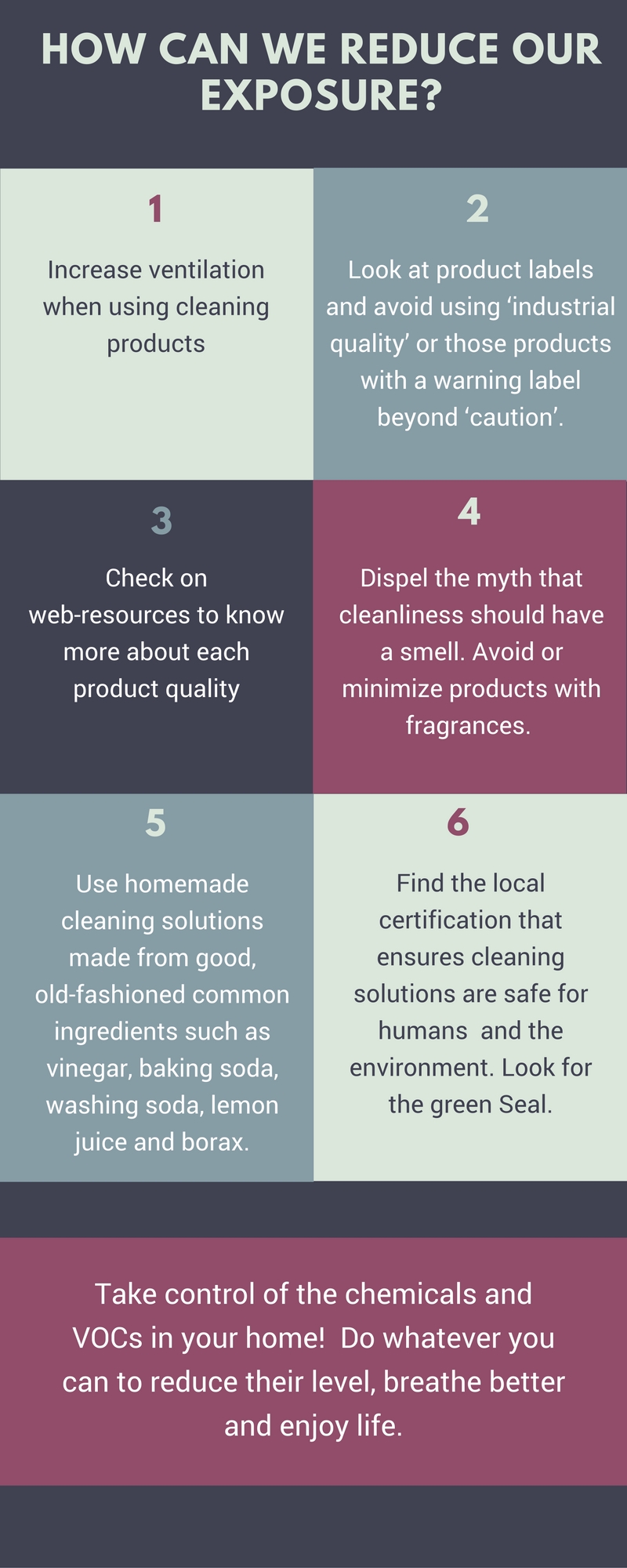
| USEFUL LINKS: www.nlm.nih.gov/toxnet/index.html |
Sources:
EPA – Volatile Organic Compounds’ Impact on Indoor Air Quality
The Guardian – Enzymes used in cleaning products and food ‘are potent allergens’, warns study
Healthy TIPS: With a little help from Vitamin B
In a previous blog-post we talked about protecting our health from within and stressed the need to consume vitamin C, E, Beta-carotene and Omega3 which boosts our body’s anti-inflammatory and antioxidant capacity. Research published in the Pharmaceutical Journal is now including Vitamin B in the realm of our must-have nutrients to fight health consequences from air pollution.
Vitamin B essentials
Our bodies need Vitamin B for producing energy through food, growth and cell division, as well as for the proper functioning of the nervous system, arteries, heart and brain. These vitamins can be found in foods such as meats, whole grains, vegetables and nuts – and especially in chickpeas, beef liver, yellowfin tuna, salmon, chicken breast, potatoes and bananas. We need to maintain a good intake of these foods at the same time as facilitating its absorption by decreasing alcohol, coffee and tea consumption. The vitamin B group includes a range of vitamins but the most essential are B12, B6 and Folic acid

Vitamin B and air pollution
Studies had first found that persons with low vitamin B6 and B12 were particularly susceptible to the adverse health effects of air pollution. Now, scientists from the Mailman School of Public Health from Columbia University looked at the possible effect of vitamin B in minimising DNA damage. The study sample size is very small but it is being conducted on people and compares DNA changes in people exposed to PM2.5 against those who were not exposed. And then compares the protective effect of Vitamin B6, B12 and Folic acid (B9).
Dr Jia Zhong from Harvard School of Public Health led the study and found that although the results from such a small sample cannot be conclusive, they do show DNA damage from exposure to PM2.5 and a protective effect from Vitamin B even when the individual is exposed to PM2.5. The sample was small and the vitamin dose used was very high, but the relevance of this finding is that more research can be done to further to understand the correct dosage and if this effect is also experienced among people who are under chronic exposure to air pollution.
As a preventive measure we can make sure we have good vitamin B intake to help our bodies protect us from air pollution
Sources:
Mayo Clinic – Vitamin B6
Live Sciences – Sources and Benefits
PNAS – B vitamins attenuate the epigenetic effects of ambient fine particles in a pilot human intervention trial
The Pharmaceutical Journal – Vitamin B may help reduce impact of air pollution on health
Meo air analytics for Smart Buildings and Smart Cities
Indoor and outdoor air pollution: a silent threat
The World Health Organisation estimates that 3.7 million deaths are the result of outdoor air pollution, and 4.3 million deaths are attributable to indoor air pollution. Sadly, our region (Western Pacific) has the highest number of casualties due to air pollution.
Air pollution control is not entirely in the hands of individuals, but controlling exposure to air pollution is.
Follow these WHO links for additional information:
The Power of Plants: Cleaning Your Indoor Air Environment
September is here and, in many parts of Asia this month marks the beginning of high pollution days. Beijing, Shanghai, Hong Kong, New Delhi and other cities may experience in the next months higher levels of pollution than during the summer. But no need to panic because there is a lot we can do to improve the air quality inside our homes and keep the indoor pollution at a minimum.
We are usually concerned about the outdoor air pollution, but know little about the air quality in our homes or offices, where we spend most of our time. In fact, modern furnishings, paints, synthetic building materials, cleaning and cooking materials all off-gass unwanted chemicals that pollute the indoor air and create health problems for us. Those pollutants are commonly benzene, formaldehyde and trichloroethylene, but we can also find airborne biological pollutants, carbon monoxide, nitrogen oxides, pesticides, disinfectants (phenols), and even radon. Our sensitivity to these gases ranges, but they have initial health effects that limit productivity like headaches, nausea, irritation of eyes throat, or nose; allergies, coughing, dry or itchy skin and inability to focus. Prolonged exposure can cause more severe effects.
Today we want to showcase the benefits of certain plants in helping control your indoor air pollution. During the 1980’s NASA and the Associated Landscape Contractors of America researched how plants could clean the air in space stations. The results showed that plants absorb carbon dioxide and release oxygen, some plants even filter volatile organic compounds such as formaldehyde, xylene, benzene, chloroform and trichloroethylene. This study is the base for many other more recent studies in this subject.
In Asia, Kamal Meattle is an incredible advocate for the use of plants to clean your indoor air. He agrees that plants alone will not do the work because of the high quantity required (between 6-8 per person per room), nonetheless only one plant per 100 sq feet will already help substantially.
“There are three easy-to-maintain plants that we use for natural air purification. They are the areca palm, mother-in-law’s tongue and money plant. The areca palm and money plant produce oxygen during the daytime while mother-in-law’s tongue produces oxygen during nighttime. These three common houseplants remove chemical toxins from the indoor air, reduce CO2 levels and enrich it with more oxygen. By keeping these plants, we ensure that there is a constant supply of oxygen in the air.”
Kamal Meattle
Among the 50 plants recommended by researcher Bill Wolverton, who participated in the NASA study, the most common and powerful plants at cleaning the air are:

Areca Palm (Areca lutescens), Mother- in- Law’s Tongue (Sansevieria), Madagascar Dragon Tree (Dracaena Marginata), Bamboo palm (Chamaedorea seifrizii), Corn Plant (Dracaena fragrans), Rubber tree (Ficus elastica), Golden Pothos (Scindapsus aureau, Boston fern (Nephrolepis), Goosefoot Plan (Syngonium podophyllum), Peace lily (Spathiphyllum).
In addition to improving your air quality, plants reduce fatigue and stress, increase productivity, improve the mood, enhance concentration and help with memory. You only need to be more careful if you have pets, because some of these plants may be harmful for them.
Recommended book:
Wolverton, Bill: How To Grow Fresh Air: 50 Houseplants That Purify Your Home Or Office: 50 Houseplants That Purify Your Home or Office.
Recommended TED talk:
Common Tips To Protect Yourself: Your Air Pollution Footprint






